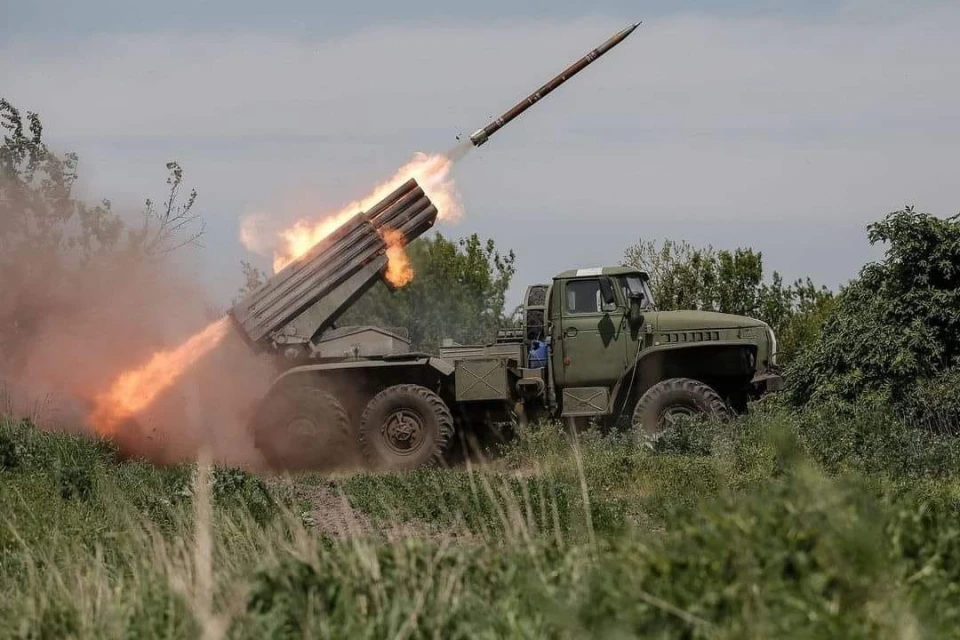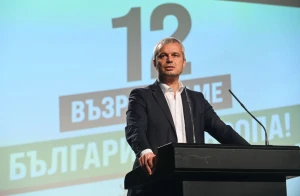
Special Operations troops force Russians to regroup in the way Ukraine needs - military expert Samus
Mykhailo Samus, military expert, director of the New Geopolitics Research Network, notes that the actions of Ukraine’s Special Operations Forces in various areas affect the reformatting of Russian troops
He shared the information on Espreso TV.
"If we talk about the formative operations that precede a decisive operation in our doctrine, they have been going on for several weeks. Firstly, we see the actions of the Special Forces in different directions, and these are the factors that affect the enemy's reformatting, and they begin to regroup as we need them to. Of course, if you track and compile statistics, there are constant strikes, including with long-range Storm Shadow missiles on enemy concentration points, ammunition and oil storage, command posts, and the destruction of enemy logistics - all this forms the basis of an operation," the military expert noted.
Mykhailo Samus added that the situation near Bakhmut and in the city itself is also an element of formative operations. It is obvious that Russia is forced to concentrate huge forces in this area. In addition, it seems that the withdrawal or regrouping of Wagner PMC troops has begun, and several thousand regular military forces are expected to appear there. And these are several battalion tactical groups that the Russian army must withdraw from other areas and transfer to Bakhmut to prevent the collapse of the frontline. Now the Ukrainian army has created a very dangerous situation for Russians near Bakhmut, with Ukrainian forces hovering on the flanks and dominant heights, and Wagner mercenaries still in the city, although not 100%, and supposedly having to leave.
"I can say the same about the Belgorod region, where an absolutely perfect operation of the Special Operations Forces took place, especially in the information and psychological component. If you look at how the global information space reacted to this situation, I can say that it was a 300% accomplished task. It turned out that the entire border between Russia and Ukraine is bare, there are no troops there, and you can walk in groups, separate units, and drive armored personnel carriers. In order for Russia to provide protection on the border and block it, it needs to deploy several tens of thousands of military personnel from various agencies to these territories. Where would they get these troops? Again, they will be drawn from the south, Donbas, and so on. I'm sure this is how the Soviet and now Russian military bureaucracy works - they will be withdrawn from the most dangerous areas and sent to Belgorod or Kursk regions," Samus commented.
-
On May 22, the Freedom of Russia Legion and the Russian Volunteer Corps announced that they had liberated the settlements of Kozinka and Gora-Podol in Russia’s Belgorod region as part of the creation of a demilitarized zone on the border with Russia, and that advanced units had entered Grayvoron. A counterterrorism operation was introduced in the region and nuclear munitions were evacuated.
-
On May 24, Ukraine’s Deputy Defense Minister Hanna Malyar said she believed that the events in the Belgorod region have made the Russian military leadership think about regrouping its forces fighting in Ukraine.
- News













































